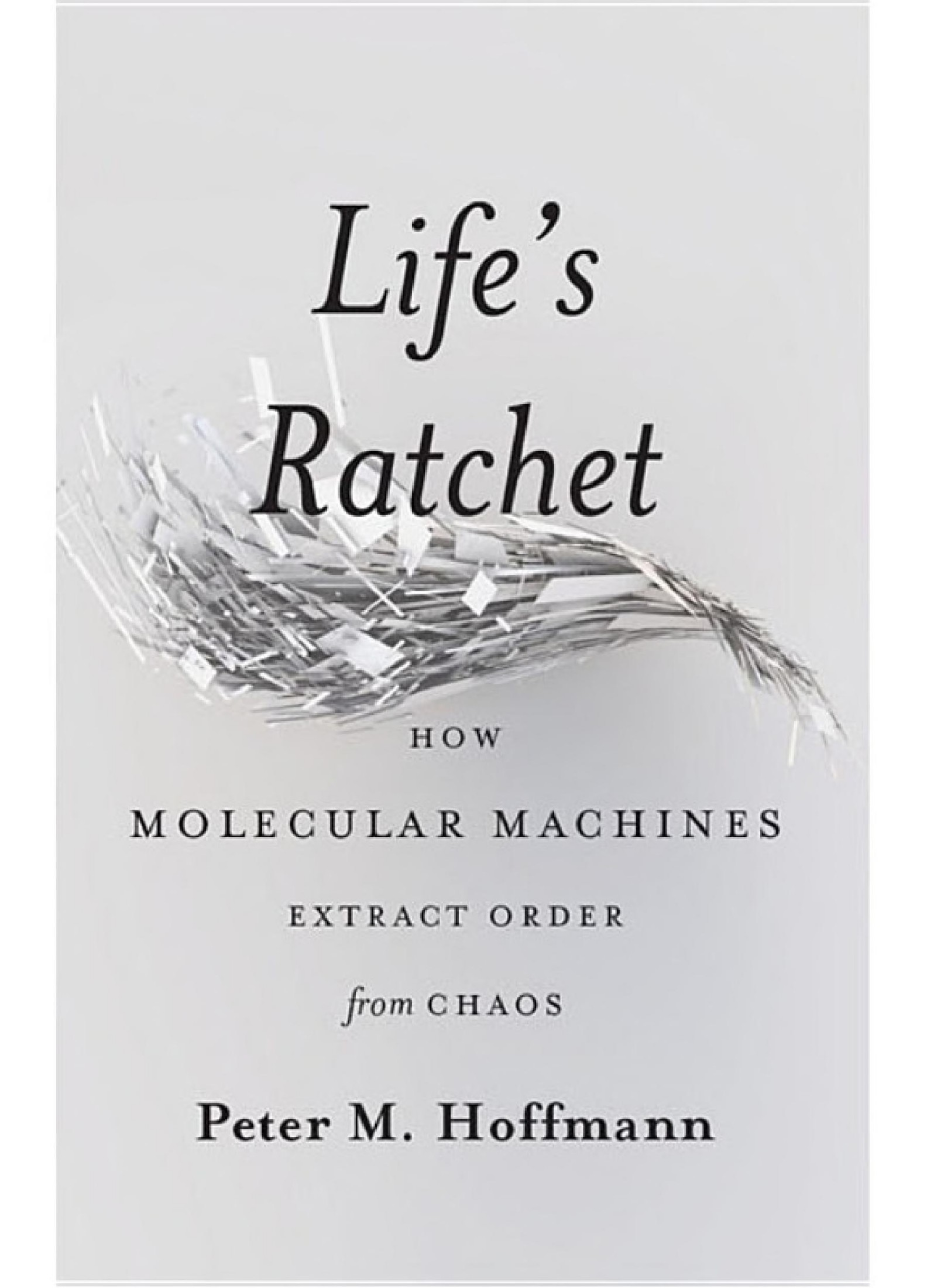
Life's Ratchet
How Molecular Machines Extract Order from Chaos
کتاب های مرتبط
- اطلاعات
- نقد و بررسی
- دیدگاه کاربران
نقد و بررسی

August 13, 2012
By blending the laws of physics with the principles of biology, Hoffmann, a professor of physics and material science at Wayne State, attempts to explain how molecules give rise to living organisms. Molecules inside our cells, he says, are the smallest particles of life. These molecules act like robots: they build themselves, perform tasks, and are recycled to perform new tasks. These “molecular machines” use the energy of chaos surrounding them—in which atoms are buffeted by the random motion of the “molecular storm”— to create order and give rise to life. Hoffmann provides a rather dry and lengthy historical and philosophical perspective on the definition of life, concluding that it is “the result of noise and chaos, filtered through the structures of highly sophisticated molecular machines that have evolved over billions of years.” The biological mechanisms he describes are from the cutting edge of the discipline, but may be presented in more detail than is necessary for the average reader. One confusion is that the “molecular machines” in the title all refer to naturally occurring combinations of molecules rather than any of those currently being created in the laboratories of nanotechnologists. 40 b&w illus. Agent: Russell Galen at Scovil Galen Ghosh Literary Agency.

Starred review from September 15, 2012
A biophysicist examines the relationship between chance and necessity at the boundary between life and inanimate objects. Hoffmann (Physics and Materials Science/Wayne State Univ.) founded his university's Biomedical Physics program in order to apply the latest advances in nanotechnology to probe the nature of life. Although his field of expertise is physics (he admits to having never formally studied biology), while still in graduate school, he became fascinated by the discrepancy between life at the level of atoms and molecules, where "chaos reigns," and at the larger scale of human existence, where, for the most part, "order prevails." With the development of the atomic force microscope, which can sense motion, scientists are now able to witness the action in living cells of molecular machines, "autonomously moving molecules performing specific tasks like tiny robots." The author applies Darwin's profound insight into the evolution of species to the question of how life itself evolved. He shows how Darwin implicitly resolved the split between reductionism and vitalism with the discovery of natural selection. Hoffmann distinguishes between macroscopic machines created to serve a specific purpose and the "autonomous [molecular] machines" found in life. He believes that the key to their functioning is the relationship between different kinds of energy at the nanoscale level, where different kinds of energy (chemical, electrostatic, thermal, etc.) operate on the same scale. He speculates about the "exciting possibility that the molecules in our body can spontaneously convert different types of energy into one another." By creating order from the chaotic storm of thermal energy through a process of natural selection, the mechanisms and enzymes necessary for a cell to live come into being. "Evolution is not random," Hoffmann writes. "It is a collaboration between a random process (mutation) and a nonrandom, necessary process (selection)...all of nature is a result of this balance." A fascinating mix of cutting-edge science with philosophy and theology.
COPYRIGHT(2012) Kirkus Reviews, ALL RIGHTS RESERVED.

























دیدگاه کاربران